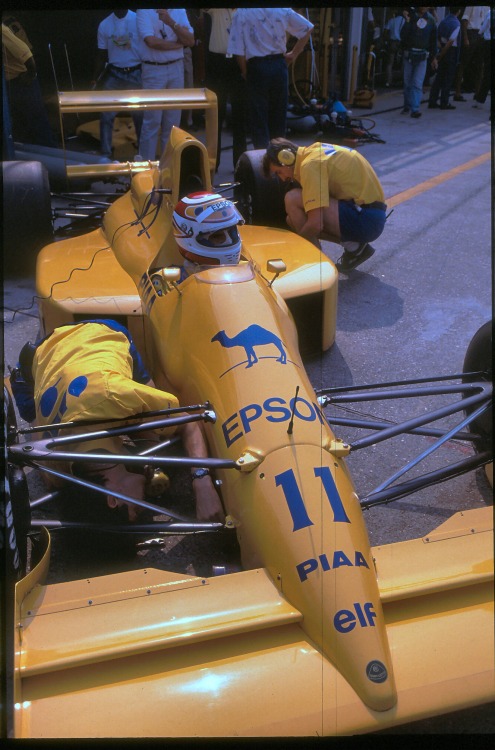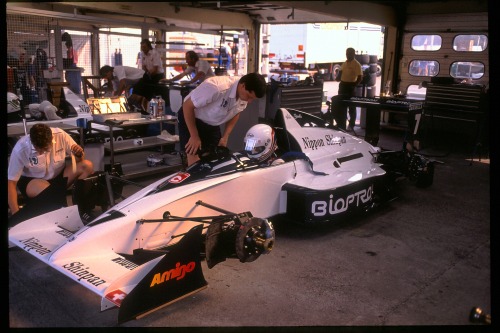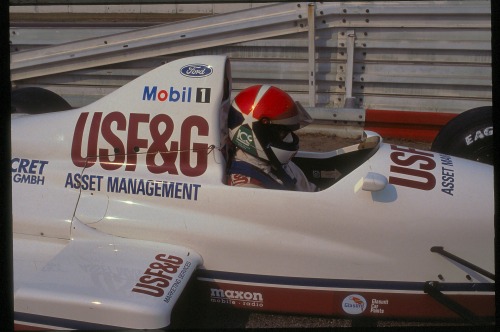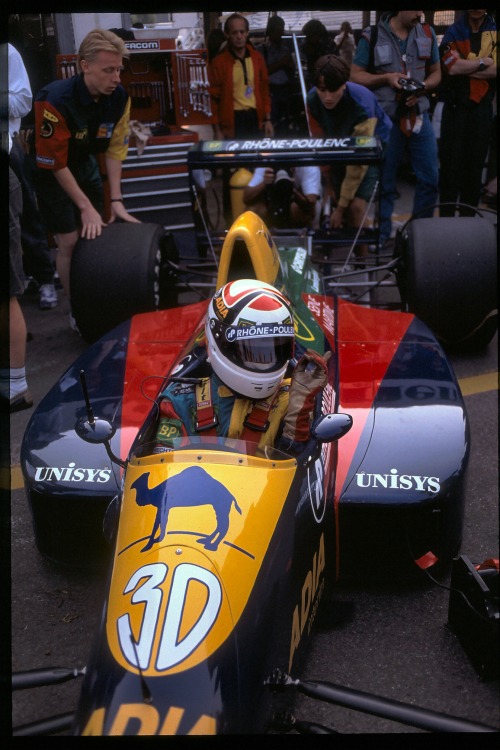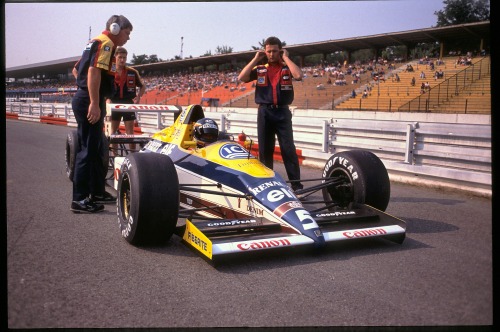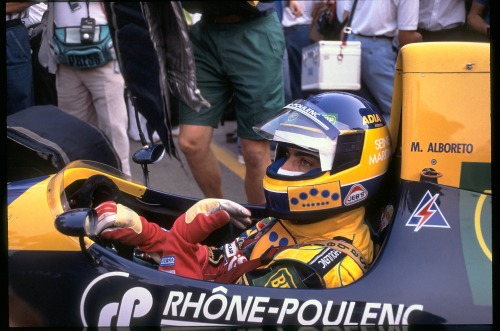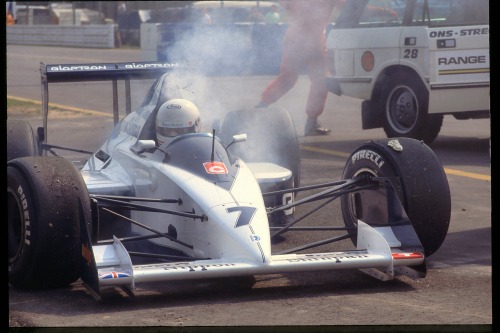The 1989 German Grand Prix, otherwise officially known as the LI Mobil 1 Großer Preis von Deutschlan
The 1989 German Grand Prix, otherwise officially known as the LI Mobil 1 Großer Preis von Deutschland, was the ninth round of the 1989 FIA Formula One World Championship, staged at the Hockenheimring in Baden-Württemberg, West Germany, on the 30 July 1989. The race would see Ayrton Senna lead home a dominant one-two for McLaren-Honda, after a gearbox issue for team-mate Alain Prost two laps before finish handed him victory.The old super fast Hockenheimring was a perfect natural dyno. 1986 turbo cars with unrestricted boost were long considered the most powerful F1 cars ever. But the 1989 naturally aspirated cars came immediately very close to them (lap time-wise). Let’s compare the pole position lap times at Hockenheimring form 1986 to 1991:1986 1:42.013 (Saturday Q2, Rosberg, Mclaren MP4/2C, TAG-Porsche 1,499 cc V6, turbo) 1,350+ hp at 5.5 bar (unlimited) boost (79.7 psi) during qualifying, 195 litre limit for turbos1987 1:42.616 (Friday Q1, Mansell, Williams FW11B, Honda RA167-E 1.5 L V6 turbo) turbos had to feature a pop-off valve which restricted boost to 4.0 bar, 195 litre limit for turbos1988 1:44.596 (Friday Q1, Senna, Mclaren MP4/4, Honda RA168-E, 1.5 L V6 turbo) turbo boost further reduced to only 2.5 bar, 150 litre limit for turbos1989 1:42.300 (Friday Q1, Senna, Mclaren MP4/5, Honda RA109-E, 3,490 cc V10), 3.5 litre normally aspirated, turbochargers banned1990 1:40.198 (Friday Q1, Senna, Mclaren MP4/5B, Honda RA100-E, 3,490 cc V10), 3.5 litre normally aspirated, turbochargers banned1991 1:37.087 (Saturday Q2, Mansell, Williams FW14, Renault RS3C, 3,493 cc V10), 3.5 litre normally aspirated, turbochargers bannedThe speed of development of F1 cars for that period was incredible. In 1992 the layout of the circuit was changed. -- source link
Tumblr Blog : hifigp.tumblr.com
#formula 1#ayrton senna#alain prost#grand prix#germany#hockenheimring#mclaren#williams
